spacey
Active Member
Last week I found my sanke connector had a bad o-ring on the bottom and replaced it with a new D-style connector with keg lube and that fixed the air pockets and spitting coming out of the tap during the pour. Now the pours come out 25%-30% foam instead of 50% foam, The foam comes out at the first second, and seems to clear up completely after one more second.
With my previous homebrews, if there was a foam issue, there were always bubbles and air in the beer line, large and/or small. This time, there are no bubbles or air pockets in the line before or after each pour.
The keg is commercial sanke from a microbrewery, they (the servings girl) told me they use 10 PSI pouring pressure but didn't know the beer line length, I can't get any more info out of them. The volumes of CO2 in their 5 gallon commercial keg is unknown at this point.
Foam comes out the first 1-2 seconds, and then a good clean pour after that. The video kind of shows that, but I couldn't tilt the glass since I was recording, so the foam was even worse. Perlick adjustable faucet seems to make no difference. When the PSI is around 3 PSI, it does pour slower but the foam is still about 20% foam, 80% beer.
Kegerator is 3/16" ID vinyl with 8 feet length, D-style connector to commercial keg with an adapter to quick connects. Kegerator temp is around 38F.
Serving pressure has been changed from 5 PSI to begin, slowly brought it up to 15 PSI. Always foam city 25%-50%.
Should I extend the beer line length to 12' or more and keep the PSI at 10-15 PSI? I have extra new line to use.
My homebrews pour much more slowly even with a Blue Moon clone at 12 PSI serving pressure. Looking at the video, it looks like the beer is coming out too fast, so longer line?
With my previous homebrews, if there was a foam issue, there were always bubbles and air in the beer line, large and/or small. This time, there are no bubbles or air pockets in the line before or after each pour.
The keg is commercial sanke from a microbrewery, they (the servings girl) told me they use 10 PSI pouring pressure but didn't know the beer line length, I can't get any more info out of them. The volumes of CO2 in their 5 gallon commercial keg is unknown at this point.
Foam comes out the first 1-2 seconds, and then a good clean pour after that. The video kind of shows that, but I couldn't tilt the glass since I was recording, so the foam was even worse. Perlick adjustable faucet seems to make no difference. When the PSI is around 3 PSI, it does pour slower but the foam is still about 20% foam, 80% beer.
Kegerator is 3/16" ID vinyl with 8 feet length, D-style connector to commercial keg with an adapter to quick connects. Kegerator temp is around 38F.
Serving pressure has been changed from 5 PSI to begin, slowly brought it up to 15 PSI. Always foam city 25%-50%.
Should I extend the beer line length to 12' or more and keep the PSI at 10-15 PSI? I have extra new line to use.
My homebrews pour much more slowly even with a Blue Moon clone at 12 PSI serving pressure. Looking at the video, it looks like the beer is coming out too fast, so longer line?
Attachments
Last edited:


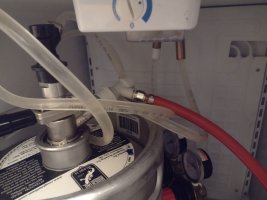


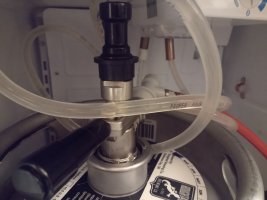


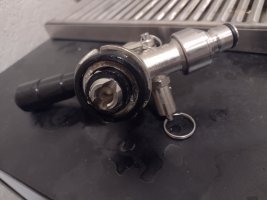


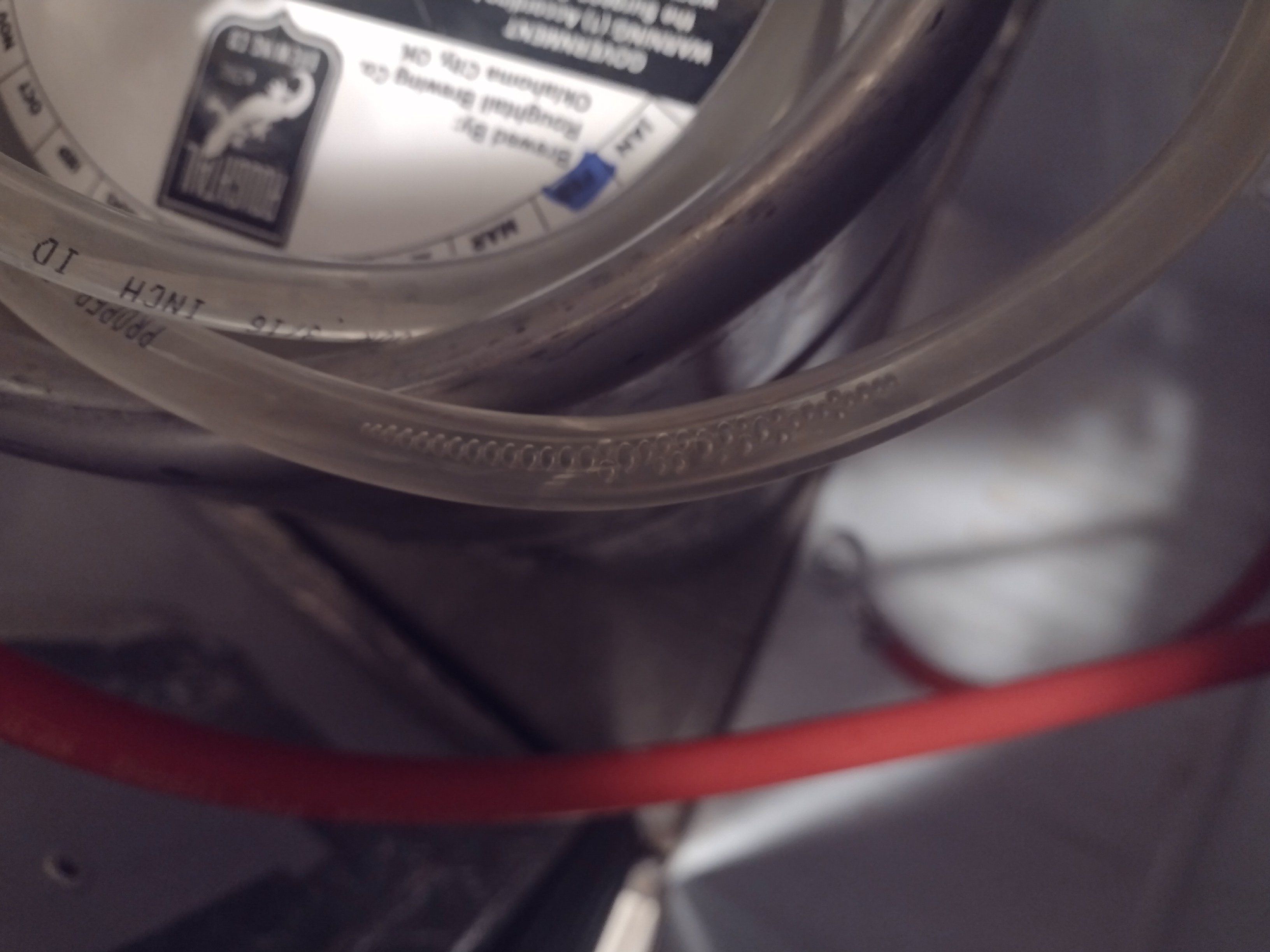


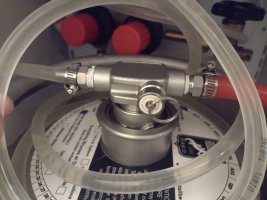

![Craft A Brew - Safale S-04 Dry Yeast - Fermentis - English Ale Dry Yeast - For English and American Ales and Hard Apple Ciders - Ingredients for Home Brewing - Beer Making Supplies - [1 Pack]](https://m.media-amazon.com/images/I/41fVGNh6JfL._SL500_.jpg)























































